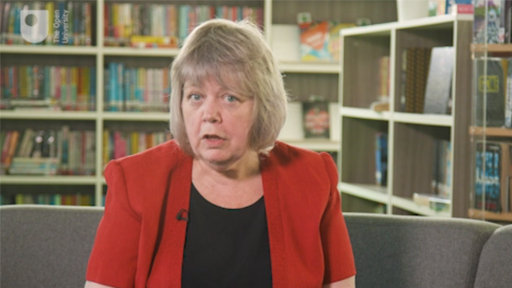3 Plagiarism and basic referencing techniques
When students find information relevant to their work, they may not appreciate the necessity of acknowledging their sources. By providing references, readers can assess the foundations upon which the work is built. This enables them to judge the arguments, determine which thoughts are original, and explore the topic in greater depth. Most crucially, it acts as a deterrent against plagiarism and the theft of ideas.

Whether intentional or not, a failure to cite your sources can be considered a form of intellectual dishonesty. This can have serious real-life consequences. For example, the Joint Council for Qualifications (JCQ), the organisation which represents the eight largest examining bodies in the UK, considers plagiarism a form of malpractice. In the most serious cases, the awarding body reserves the right to bar students from entering exams for a set period of time. Similarly, students applying to University will find that their personal statements are scanned by plagiarism detection software. Once at university, students found guilty of plagiarism can even be expelled from their courses.
It’s therefore prudent to familiarise students with the concepts of plagiarism and referencing whilst at school. Although plagiarism – the act of passing other’s work off as one’s own – is a concept which can be easily be explained, the methods of citation will require more in-depth instruction.
There are several main ways to reference information. The most popular method used in UK universities is the Harvard style (Caulfield, 2022), but other common examples include the Modern Language Association (MLA) style, the American Psychological Association (APA) style, and the Modern Humanities Research Association (MHRA) style. Whichever method is used, students should recognise that the source of their information, be it an idea, image or direct quotation, must be cited, even if it's been paraphrased. To do otherwise is plagiarism. Although younger students don't need to be taught how to cite and reference, it's still wise to stress the principle of not passing others' work off as your own. To this end, it may be helpful to encourage teachers of as many subjects as possible to include references in their handouts and presentations. In turn, teachers could get their students to list the books and websites they’ve used at the end of their own work. You may also wish to go a step further and collaborate with staff on an academic integrity policy which can be used to promote referencing throughout the school.
For older students, it may be instructive to look at examples of real academic citation, consult university plagiarism guides, assess their peers’ work, or complete activities where they have to identify which elements of a text should be referenced.
To think further about this topic, watch the video below where Sarah discusses the importance of acknowledging sources and sets out strategies for educating students about plagiarism.

Transcript: Video 3
Activity 3
How confident do you feel about avoiding plagiarism yourself and explain why you made that choice. Do you think there’s room for improvement? If so, how?
Now indicate whether or not your students are familiar with the concepts that appear in the below.
| Practice | Familiar | Unfamiliar | Unsure |
|---|---|---|---|
| Plagiarism | |||
| How to cite | |||
| How to reference |
If you have answered ‘Unfamiliar’ or ‘Unsure’ to any of the practices above, what methods or activities could you use to get your students to feel more confident? As you saw earlier in the section, for example, you could encourage younger students to list websites they use in their homework. Likewise, could any of the methods Sarah suggested be useful to you?
| Practice | Methods/activities |
|---|---|
| Plagiarism | |
| How to cite | |
| How to reference |
